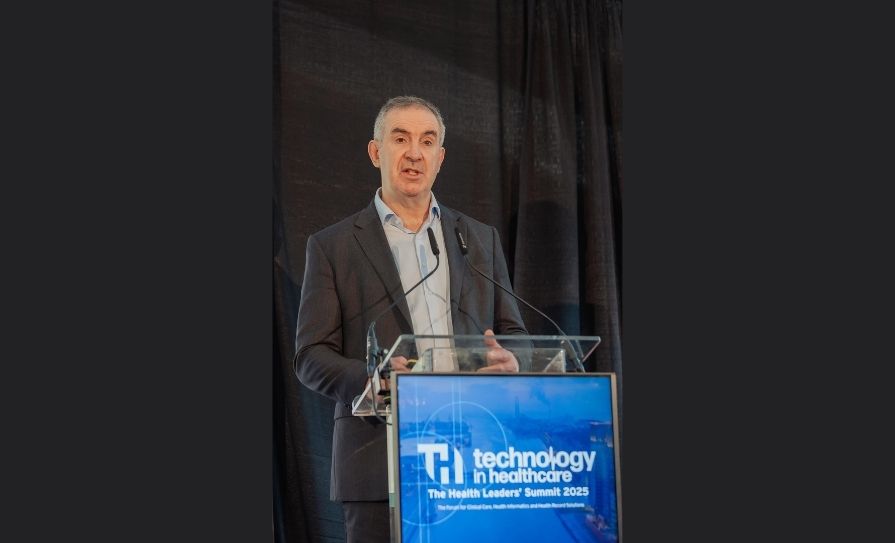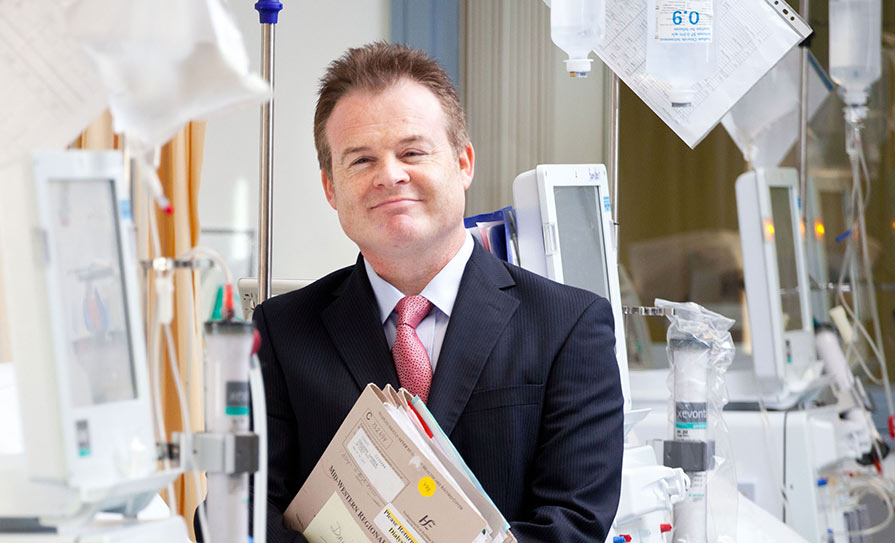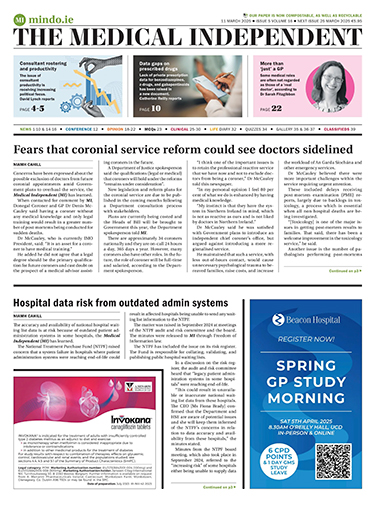Linking brain stimulation to artificial intelligence (AI) could open up a world of new possibilities in the treatment of pain and many other conditions, delegates at the European Pain Federation’s biennial Congress in Valencia, Spain, in September were told.
Neurosurgeon Prof Dirk De Ridder told the 3,500 delegates in a keynote address that AI could act as ‘software’ that could tailor treatment to individual patients suffering from a great variety of different medical and psychological conditions.
“Neurostimulation started off by just sending single pulses to the brain. I have developed a new device that now sends bursts of pulses, which tells the brain ‘this is really important — you have to respond to it’. It can be used to target specific circuits in the brain, which are often linked to a number of different conditions, and so treat conditions such as phantom sounds (tinnitus) or phantom pains, depression, OCD, Parkinson’s disease, and even addictions.”
He continued: “But even this is still quite primitive. The aim now is to mimic the way a human brain communicates with itself. For example, different brain circuits use different frequencies, just like a radio. We have already managed to recreate this, using non-invasive techniques. Looking further ahead, though, we need to integrate AI, which is already being used constantly on our smartphones, into those neurostimulators. Effectively, what we have now is the hardware for neurostimulation, but not the software. AI has the potential to become that software.”
He said that in the future, 10-to-20 years ahead, the AI software will act as a ‘small brain’ in itself, so it can first recognise abnormal patterns in the brain (ie, identifying that a person is feeling a certain level of pain, or stress — or perhaps is suffering alcohol cravings because they are passing a bar — then the AI will automatically adjust the stimulation design at precisely the right time and in the right circumstances to modulate the brain signals, alleviate the discomforts and also create deep learning in the brain.”
Prof De Ridder noted that there were already a number of organisations investing enormous sums of money researching the potential of neurostimulation so that, even further into the future, he could envisage there being electronic interfaces between human brains and the Internet.
“We can already read memories in animals and then transfer these memories into other animals… The next big thing may be to connect brains via the Internet, so that, for example, a husband or wife travelling can kiss their partner goodnight from thousands of miles away and their partner will be able to feel it. It’s not so very far off.”
Other highlights at the EFIC Congress included presentations on the relationship between gender and migraines; how pain is experienced differently between different age-groups; how the evolution of digital healthcare will impact pain treatment; and whether there is ‘an opioid crisis’ in Europe.
The Congress, which took place between 4-7 September, was the largest scientific congress on pain in 2019, bringing together the most recognised experts in the field of pain medicine to exchange knowledge, ideas and the latest advances in the field.












Leave a Reply
You must be logged in to post a comment.